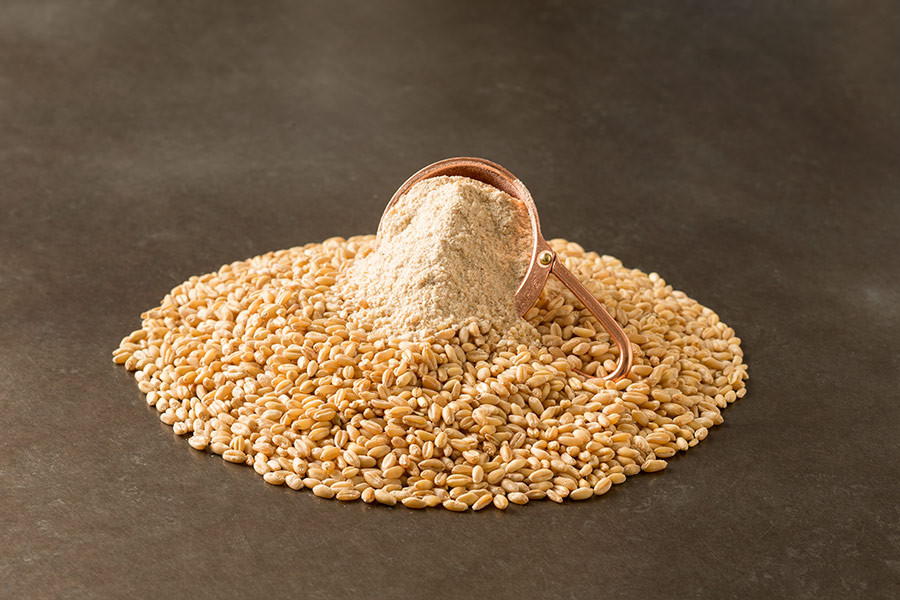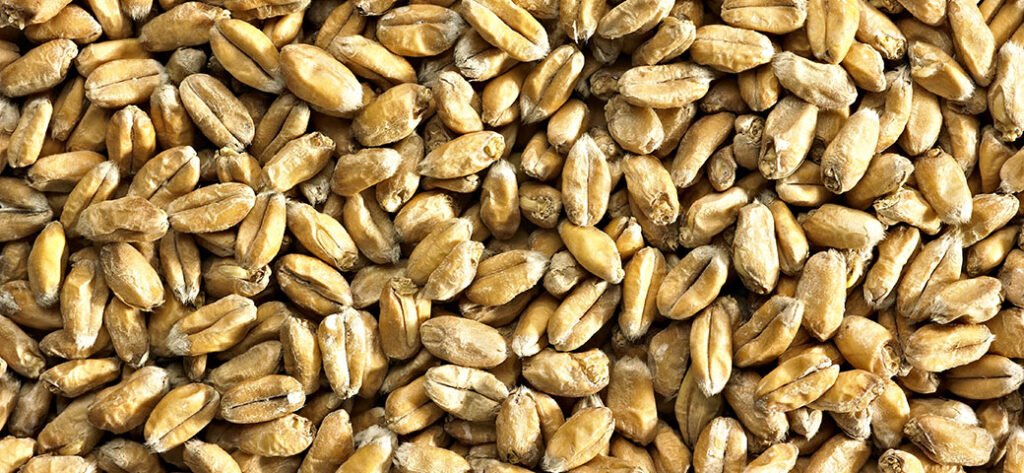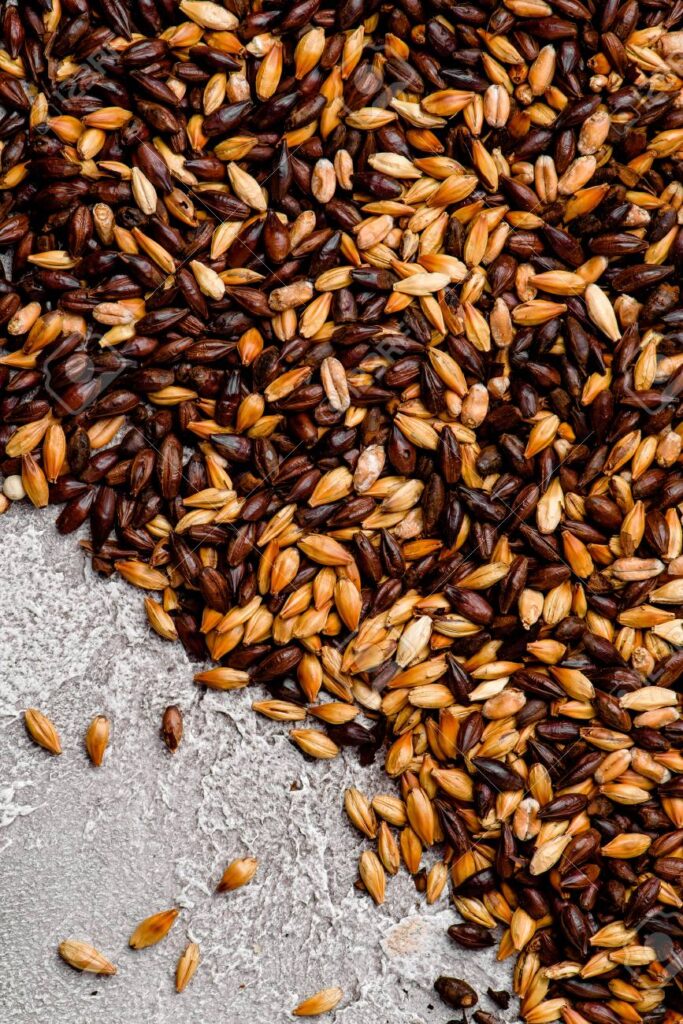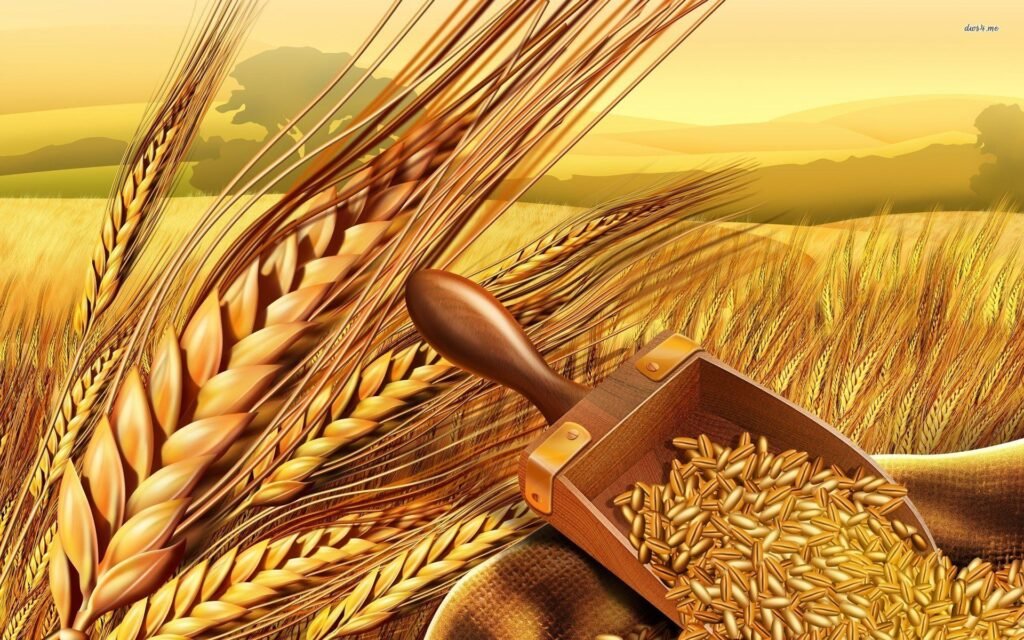Introduction
Wheat is one of the prime brewing ingredients. The grain has been used as much for its availability and its unique taste. Malting is the procedure of soaking, germinating, and drying grain to change it to Malted grain. The grain is delicately slowly cured through passing streams of warm air. This malt base is used for brewing beers or in the process of whiskey making.
Difference between malted and unmalted wheat.
The difference that arises between malted and unmalted wheat is that malted wheat is fully modified and thus becomes malted grain; whereas unmalted wheat which isn’t modified needs one to put extra effort to extract its sugar content while brewing it. Malted wheat has large quantities of sugar in comparison to unmalted wheat which has lower sugar content. Unmalted wheat differentiates from malted wheat as it contains more starch and also has high levels of protein compared to malted which possesses little levels.
Malted wheat is proven to contain diastatic enzymes which aid in the self-conversion of the starches into sugars when they are mashed whereas unmalted wheat cannot self-convert unless when mashed. Hence, they release their starches for conversion into sugars and they can be used as the primary or the sole ingredient in the brewing recipe.
“Unmalted wheat produces less sweet and fuller beers hence making the beer a great choice due to its sweet refreshing taste which isn’t the case with malted wheat that is mainly used to make Weiss biers that are composed of larger quantities of wheat malt. The malted wheat gives a lighter body which contains a refreshing touch of acidity.”
According to Faltermaier&Gastl, M. 2014


Unmalted 

Malted
Malted wheat is allowed to begin the process of germination then ceased when the seed attains a specific amount of enzymes, sugars, and starches while unmalted wheat is a raw dried seed that has no enzymes or sugars but only possesses starches. Malted wheat is proven to contain a relatively high glucan and protein content which isn’t the case with un-malted wheat hence it leads to lautering problems in the process of brewing.
The brews that are made with malted wheat are well-matched with the consumption of lighter dishes and the beers have a honey-orange color, unlike unmalted wheat.
Malted wheat and Unmalted wheat’s effect on flavor.
Malted wheat is distinguished as having a citrusy taste which gives a complex flavor hence it can ensure a depth of flavor on its own or also in combination with other malts. Unmalted wheat is said to contain a strong grain flavor and also a very light straw color.
The unmalted wheat is mainly in use with many traditional Belgian styles hence able to add flavor, cloudiness, and adding a creamy texture to the beer. Malted wheat portrays that it can support foam strength for a classic beer head formation.
Unmalted wheat isn’t gelatinized, unlike malted wheat; whereby the starch is broken down in the process of gelatinization.


Conclusion
The main difference that arises between malted and unmalted wheat is that unmalted wheat doesn’t have the same sugar content and protein which is contained in the malted wheat. The difference between the two creates a different type of brew altogether due to the differences exhibited in the properties of the two. Unmalted wheat proves to need more work to end up extracting the potentially available sugar content. The use of the two kinds is proven to provide different results in the preference of beer when brewing.
Cheers! Now, we are well aware of Malted and Unmalted Wheat that adds to the flavor and color of drinking.


